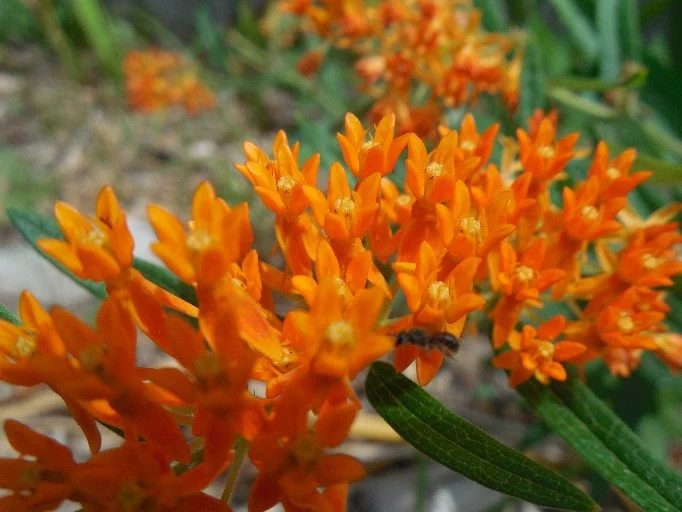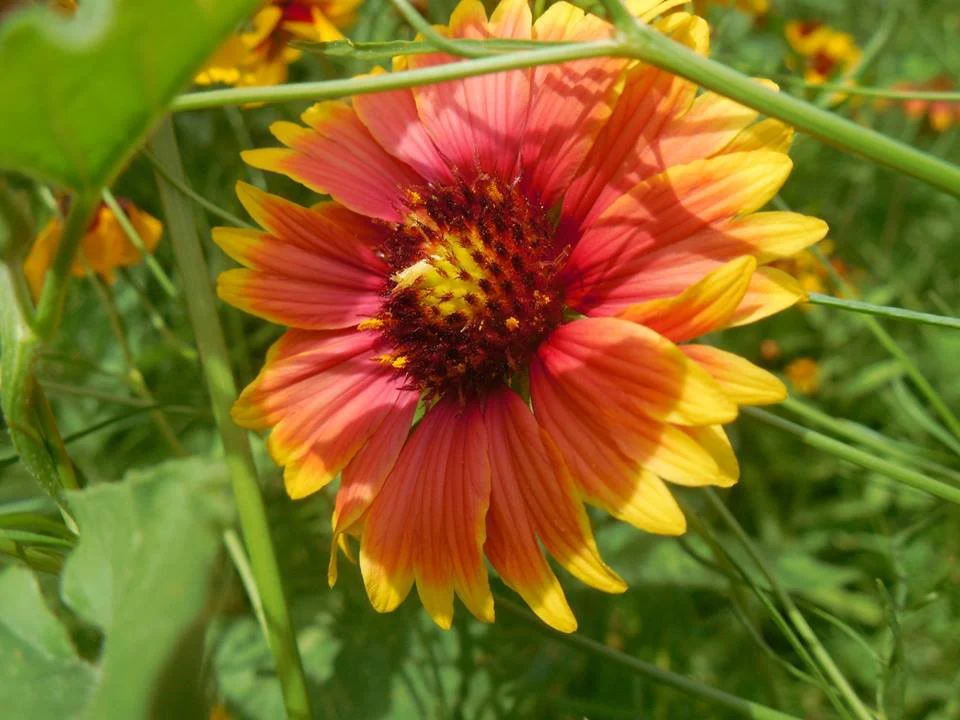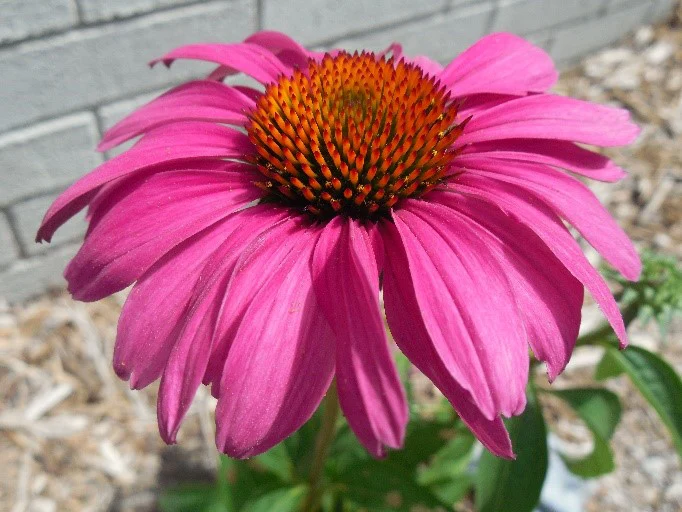
Crafton Tull
Since 1963What is a native plant?
A native plant is one that grows in the region where it originated. Many species of native plants have very colorful, showy flowers that add beauty to the landscape.

Asclepias tuberosa (butterfly weed)
Why use native plants in public spaces?
Native plants play an essential role in the local ecosystem by supporting species of birds and other pollinators that coexist with these plants. By providing nectar for pollinators such as hummingbirds, butterflies, and moths, native plants provide these species with the resources they need to survive and to complete their life cycles.
One thing local municipalities can do to benefit birds and other pollinators is to plant native plants in public spaces such as city parks, roadway medians, public right-of-ways, and around public buildings and facilities.

Rudbeckia hirta (black-eyed Susan)
In addition to the ecological benefits, landscaping with native plants can also provide economic benefits to municipalities. For example, using native plants instead of their non-native counterparts can help:
- Reduce the need for pesticides – Since native plants are already adapted to local conditions, they are more resistant to pest problems than non-native species.
- Reduce the usage of municipal water – Native plants are already adapted to the local climate, and aside from potentially needing a little help getting established during their first year, they can pretty much survive on the rain that falls from the sky.
- Reduce the need for fertilizers – Native plants can often grow in soils that are low in nutrients, or that would otherwise be unsuitable for non-native and exotic species. The resulting reduction in the use of fertilizers also helps to improve the water quality of local waterways by decreasing the amount of nutrients entering nearby streams and rivers.
- Reduce expenses associated with city maintenance - Native plants require much less maintenance than their non-native counterparts, especially once they’ve become established. Because native wildflowers should be allowed to complete their lifecycle in order to see the benefits from their showy blooms, there is less of a need for mowing during the growing season.
- Save cities and municipalities money – With the reduction in the use of pesticides, water usage, fertilizers, and maintenance of public spaces and right-of-ways associated with the use of native plants, a reduction in the associated costs of implementing these activities can help cities and municipalities save money.
- Enhance the beauty and attractiveness of the urban environment – The showy, colorful flowers, fruits, and seeds provided by many native plants, along with the colorful birds, butterflies, and moths they attract, can enhance the natural beauty of a roadway or city park in the same way non-native plants can. Enhancing the aesthetic appeal of a local municipality can also attract new businesses and residents to your city.
Which native plants are good to use?
Below is a table containing some information about several common species of native plants that are readily available and well adapted to the environmental conditions currently present in the mid-South. Other regions of the country have different native species.
| Common Name | Scientific Name | Color | Life Cycle | Sunlight Preference |
|---|---|---|---|---|
| Purple Milkweed | Asclepias purpurascens | Deep to Pale Purple | Perennial | Light Shade to Partial Sun |
| Purple Coneflower | Echinacea purpurea | Purple and Orange | Perennial | Full Sun to Partial Shade |
| Wild Bergamot | Monarda fistulosa | Pale Purple or Pink | Annual | Full sun |
| Wild Geranium | Geranium maculatum | Pale Purple or Pink | Perennial | Light Shade to Partial Sun |
| Ohio Spiderwort | Tradescantia ohiensis | Deep Purple or Blue | Perennial | Full Sun to Partial Shade |
| Dwarf Crested Iris | Iris cristata | Purple, White and Yellow | Perennial | Full Sun to Partial Shade |
| Blackeyed Susan | Rudbeckia hirta | Yellow | Biennial | Full Sun |
| Lanceleaf Coreopsis | Coreopsis lanceolata | Yellow | Perennial | Full Sun |
| Partridge Pea | Chamaecrista fasciculate |
Yellow | Annual | Full Sun |
| Plains Coreopsis | Coreopsis tinctoria | Yellow and Maroon | Annual | Full Sun |
| Butterfly Milkweed | Asclepias tuberosa | Orange | Perennial | Full Sun |
| Firewheel | Gaillardia pulchella | Red and Yellow | Annual | Full Sun |
Where can you get native plants?
Native plant nurseries are a good place to start. Sometimes a simple search online can reveal native plant nurseries in your area. Other plant nurseries will sometimes also carry native species, so it doesn’t hurt to pay them a visit too or to call them and ask.

Gaillardia pulchella (firewheel)
There are also native plant vendors online that sell native wildflower seed mixes and potted plants. However, one thing to consider when ordering online is whether the plants or seeds you are purchasing come from the same region where you will plant them. Although you may be planting natives that are the same species as those that occur naturally in your area, there are sometimes regional differences between the local varieties and the plants you purchase that can make them less desirable. For instance, plants originating from much higher latitudes than where you’re located will often flower later than the local variety of that same species, and thus can be out of sync with local pollinators that may depend on them. So it’s important to try to get plants or seeds that come from a location that is as close as possible to where they will be planted. Simply asking the vendor where they get their seeds or plants from before you purchase from that vendor can often help you determine whether or not they are a proper source to use for plantings within your municipality. Some native plant vendors will even offer local or regional “ecotypes” of the same species, but that are from different parts of the country, so that you can choose the one that is best for the climate and conditions of your region.

Echinacea purpurea (purple coneflower)
Finally, collecting seeds directly from native plants occurring naturally in your area can be both an ideal and inexpensive source of wildflower seeds. However, when collecting seeds from annual plant species, be sure to leave enough seeds behind at the collection site to allow these plants to reseed themselves if it is desirable to see these species grow in that location again the following year. It’s also good practice to be mindful of any local birds or other wildlife that may depend on those seeds as a winter food source and to not over-collect from one particular area.